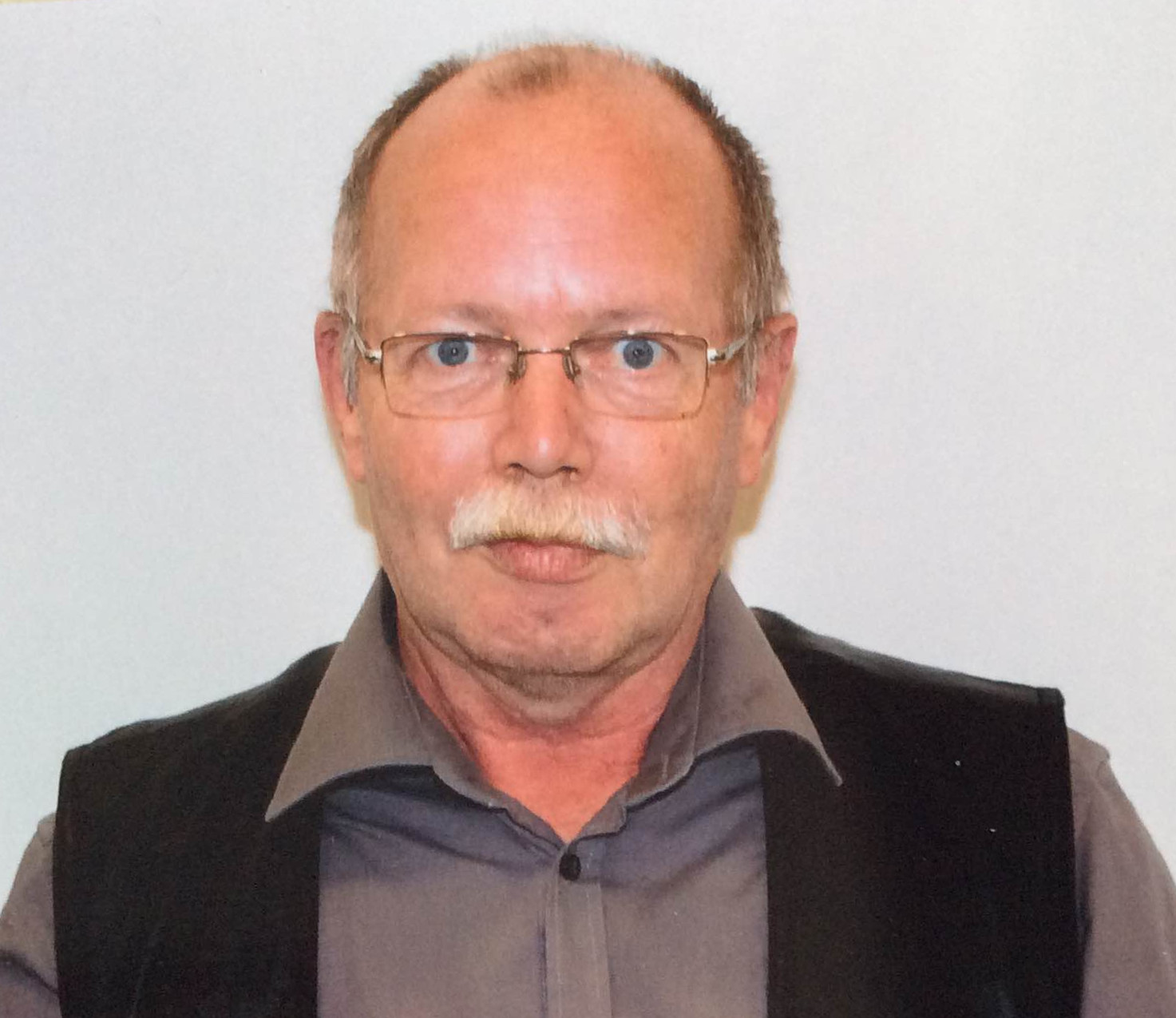Sonkaya v. Turkey (11261/03).
| Date | 20080212 |
|---|---|
| Article | 3 |
| Decision | violation |
CHAMBER JUDGMENT SONKAYA v. TURKEY
The European Court of Human Rights has today notified in writing its Chamber judgment1 in the case of Sonkaya v. Turkey (application no. 11261/03).
The Court held unanimously that there had been a violation of Article 3 (prohibition of inhuman or degrading treatment) of the European Convention on Human Rights on account of the ill-treatment to which the applicant was subjected in police custody.
Under Article 41 of the Convention (just satisfaction) the Court awarded Mr Sonkaya 5,000 euros (EUR) in respect of non-pecuniary damage. (The judgment is available only in French.)
1. Principal facts
The applicant, Hasan Sonkaya, is a Turkish national who was born in 1965 and lives in Istanbul.
On 11 October 2002 Mr Sonkaya, who at the time was president of the Deri-İş leather workers’ trade union, was taken into police custody by the gendarmerie command in Tuzla (a district of Istanbul) because he had participated in a demonstration to support employees who had been laid off. He was released the following day.
The applicant was examined in various medical centres on 11, 12 and 15 October and 26 December 2002.
According to the first medical report, drawn up shortly after his arrest on 11 October, his state of health was reasonable and he was complaining of headaches and of a traumatic injury. A further report drawn up the same day stated that after being taken into custody the applicant had thrown himself on the ground in a bid to injure himself. The second report noted a lesion to the right elbow, a bruise on the inside of the right arm and an accumulation of blood in the right shoulder and on the inside of the right leg.
On 12 October 2002, the day the applicant was released, an examination revealed bruising to his shoulders and an accumulation of blood around his wrists.
On 15 October the health care centre in Güzelbahçe concluded that the applicant had sustained a recent trauma to the face, the right wrist and the middle finger of the right hand.
On 26 December 2002 Mr Sonkaya was examined at his own request by the Turkish Human Rights Foundation. The report found several bruises not mentioned in the earlier medical reports.
The applicant lodged a complaint against several gendarmes alleging ill-treatment. The Tuzla public prosecutor’s office issued an order in December 2002 finding that there was no case to answer and stating in particular that the applicant had taken part in an unauthorised demonstration and that while in police custody he had resisted being placed in a cell and had thrown himself on the ground in order to injure himself. The applicant appealed against the order. He was acquitted in November 2003.
2. Procedure and composition of the Court
The application was lodged with the European Court of Human Rights on 5 March 2003.
Judgment was given by a Chamber of seven judges, composed as follows:
Françoise Tulkens (Belgian), President,
András Baka (Hungarian),
Ireneu Cabral Barreto (Portuguese),
Rıza Türmen (Turkish),
Mindia Ugrekhelidze (Georgian),
Antonella Mularoni (San Marinese),
Danutė Jočienė (Lithuanian), judges,
and also Sally Dollé, Section Registrar.
3. Summary of the judgment2
Complaint
Relying on Article 3, Mr Sonkaya complained that he had been subjected to ill-treatment by the gendarmes who had taken him into custody.
Decision of the Court
Article 3
The Court reiterated that any injuries sustained by a person who was in custody entirely under the control of police officers gave rise to strong presumptions of fact, and that it was the Government’s duty to provide a plausible explanation as to how those injuries had been caused.
The Turkish Government, relying in particular on the findings of the medical reports drawn up on 11 and 12 October 2002 and referring to the criminal investigation by the domestic authorities, submitted that the injuries to the applicant’s body had resulted from his attempting to resist arrest.
The Court was not satisfied by that explanation and observed that, even assuming that the applicant had resisted arrest, it could not overlook the fact that the traces of lesions and bruises found on his body had differed and increased in number with each examination by different doctors.
The Court also observed that the Government had not provided any plausible explanation for the discrepancy between the various medical reports and concluded that the initial medical examinations had not been carried out properly.
The Court further noted that the criminal investigation instituted by the public prosecutor’s office had not provided any valid explanation as to the cause of the injuries.
Accordingly, it held that the injuries found on the applicant’s body, which were corroborated by unrebutted physical evidence, constituted a violation of Article 3.
